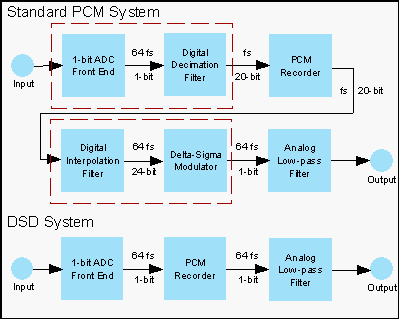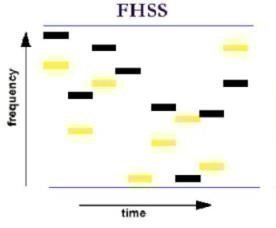Pulse Code Modulation (PCM) was pioneered by the British engineer Alec Reeves in 1937. The first transmission of a message using PCM was the SIGSALY voice encryption equipment used in high-level Allied communications during World War II starting in 1943.

The original primary application for PCM was to convert analog signals into digital format by taking samples of wave forms that fall within 8 to 192 KHz and converting them into a digital number 8 to 24 bits long. In short, PCM refers to the technique of digitalizing an analog signal by sampling the magnitude of the signal at uniform intervals and converting it into a series of digital or binary code.
At the receiving end, a pulse code demodulator converts these binary numbers into pulses with the same quantum levels as in the modulator, which are then further processed to obtain the original analog waveform.
PCM was originally intended for use in telephone systems. But in the 21st century, it is also the standard way for digitalizing analog data such as in digital audio, digital video and CD formats, telemetry and virtual realty (VR).
In conventional pulse code modulation, the analog signal can be processed before it is digitalized. It is not, however, subjected to further processing (I.e. digital data compression) before being multiplexed into the aggregate data stream.
Some types of pulse code modulation combines signaling as well as coding. The only difference is that while its original application was in the analog domain, newer applications find it useful in the digital domain. However, the transformed based signal compression techniques that are followed today have rendered these obsolete, and are far more efficient.
Differential pulse code modulation or Delta pulse code modulation (DPCM) is a technique in which PCM values are encoded as the difference between the current and previous values. In audio formats, this type of encoding reduces the number of bits required per sample by about 25% compared with PCM.
Another variant of DPCM is known as ADPCM or Adaptive PCM, which varies the type of quantization step, thereby allowing further reduction of bandwidth for a given signal-to-noise ratio.
In telephone communications, the standard audio signal is encoded in a digital format known as DSO. For North America and Japan, the default encoding on a DSO is mu-law PCM. In Europe and most of the rest of the world, it is A-law PCM. These logarithmic compression systems are described by international standard G.711.
If the circuit costs are high and you don't mind a slight loss in voice signal quality then further audio compression is possible using the ADPCM algorithm. This technique is detailed in the G.726 standard. However, some existing technologies are covered by privately owned patents, which means that the end user may have to pay the patent holder in order to use their technology.




Follow Us!